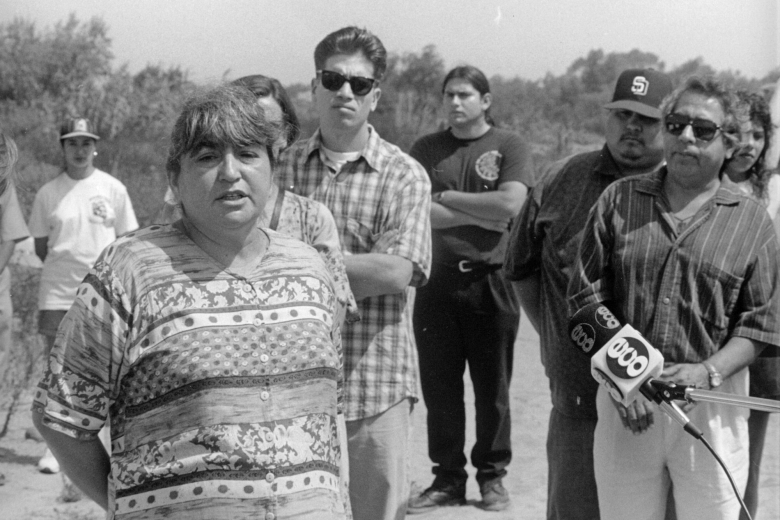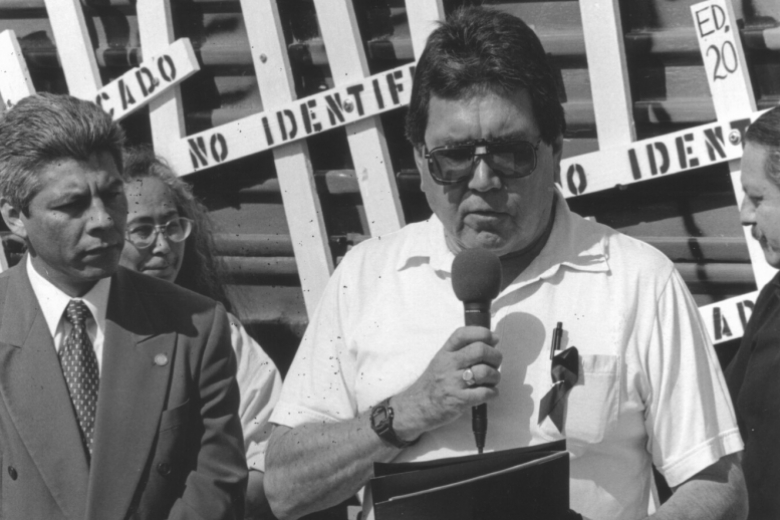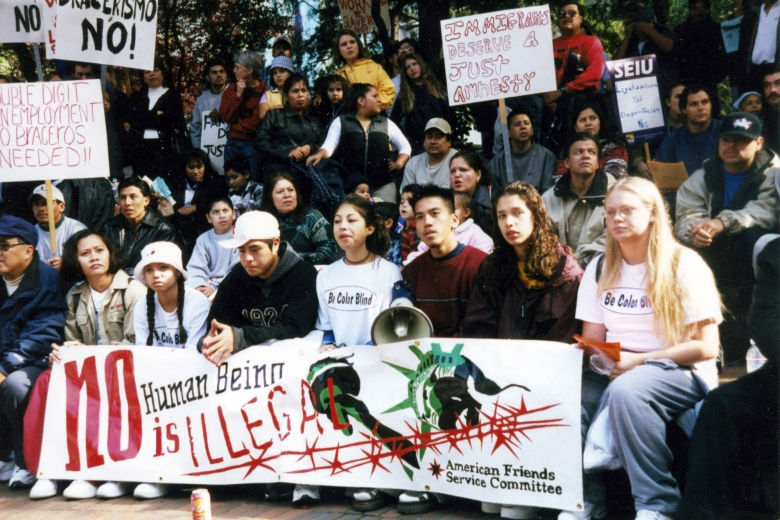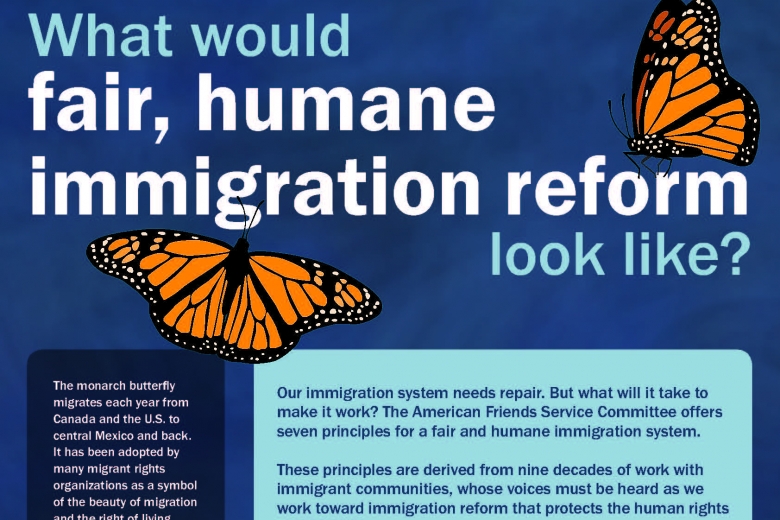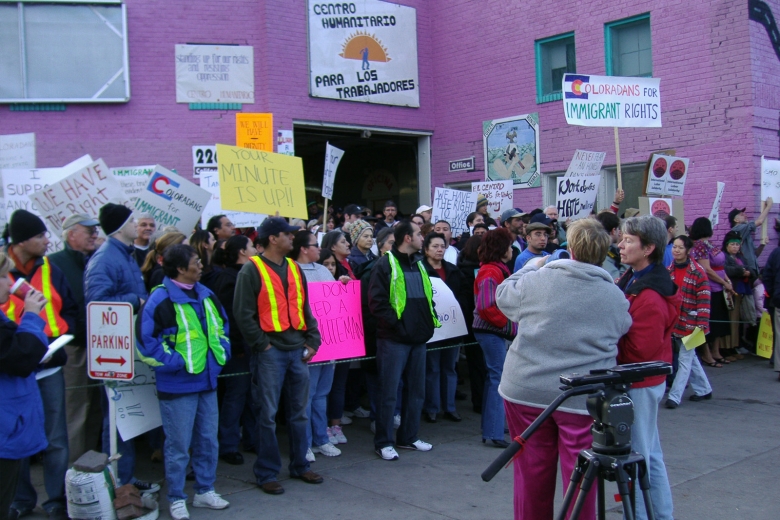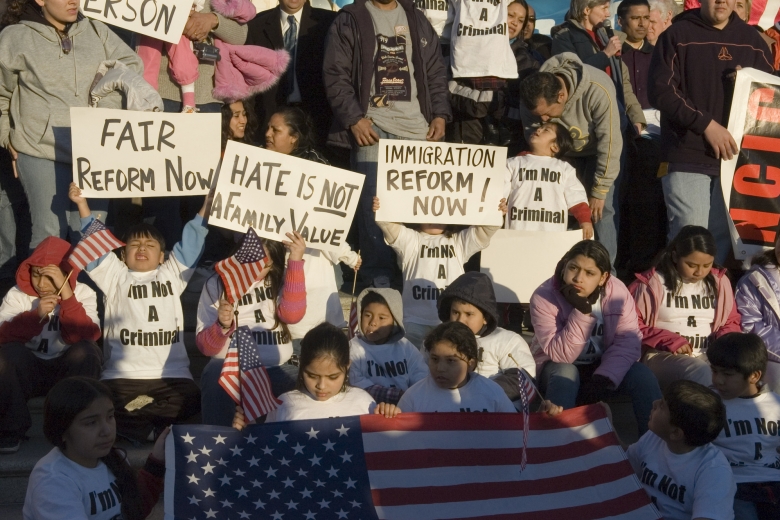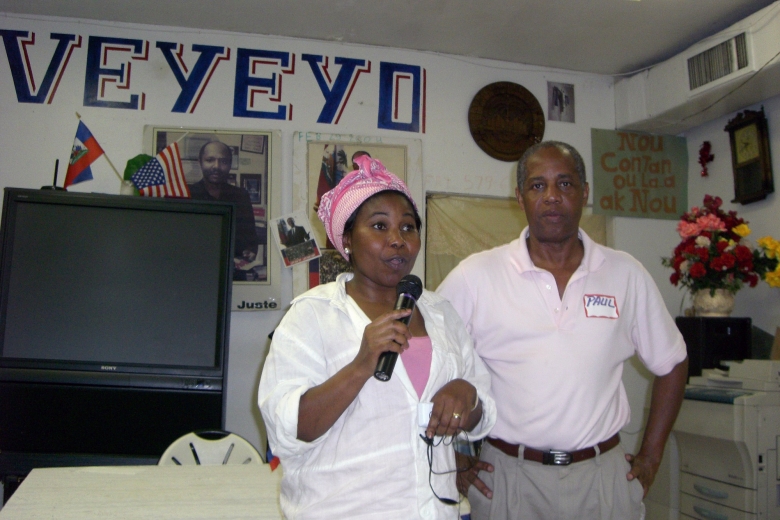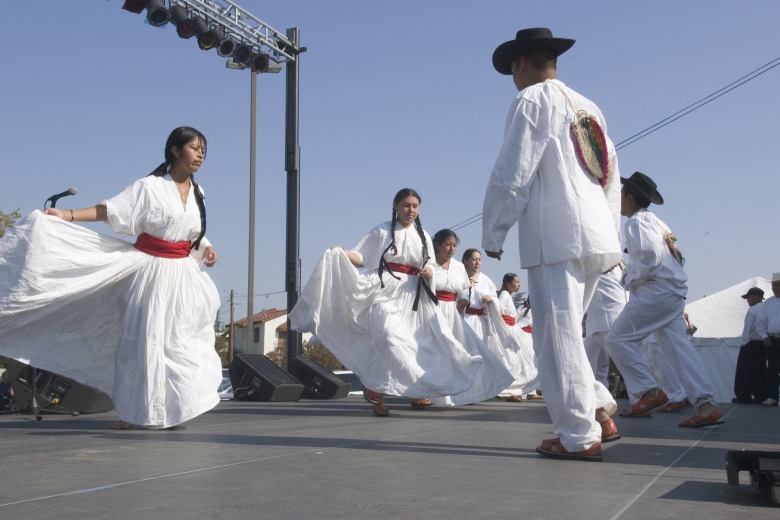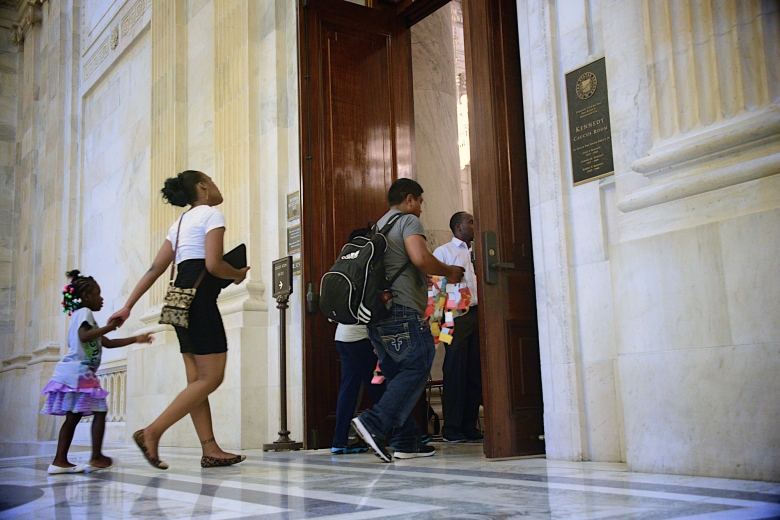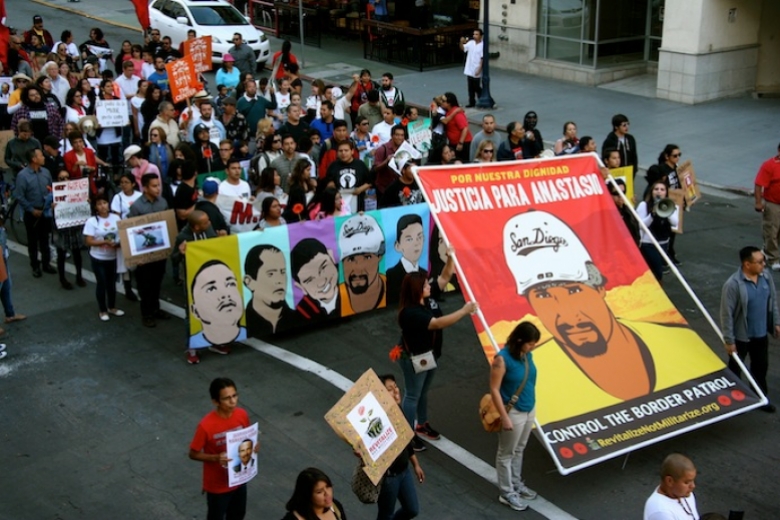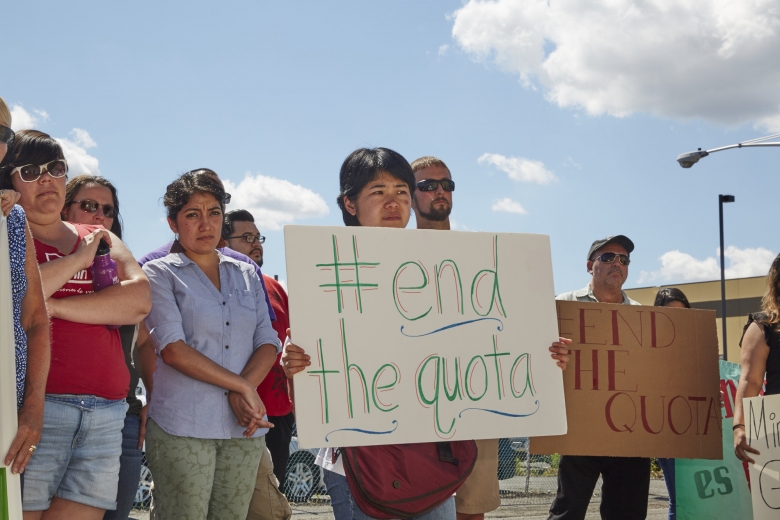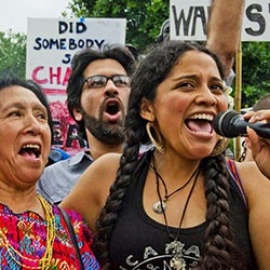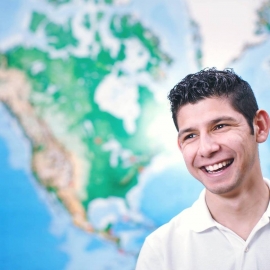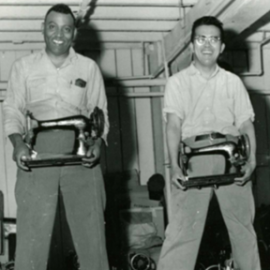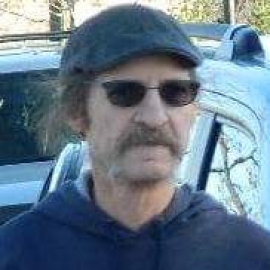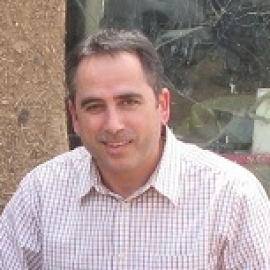From our origins during WWI, AFSC has been committed to opening hearts and communities to refugees and migrants. Decades of work in regions plagued by war, drought, famine, and economic oppression have given us an up-close view of the “push factors” of migration.
We have also confronted the abuse of those migrating across borders. In the late 1970s, we began work at the U.S.–Mexico border and in 1987 our Immigration Law Enforcement Monitoring Program (ILEMP) was one of the first efforts to address human-rights abuses by the U.S. Border Patrol. At the same time, AFSC programs in San Diego, Newark, South Florida, Denver, and elsewhere were also becoming active in various immigration issues.
In 2002, this work was united as Project Voice, which laid out a strategy and principles for achieving comprehensive immigration reform. Those ideas influence our work today, as we document abuses, provide legal services, accompany migrant and immigrant movements, and build alliances with others who share our vision.


